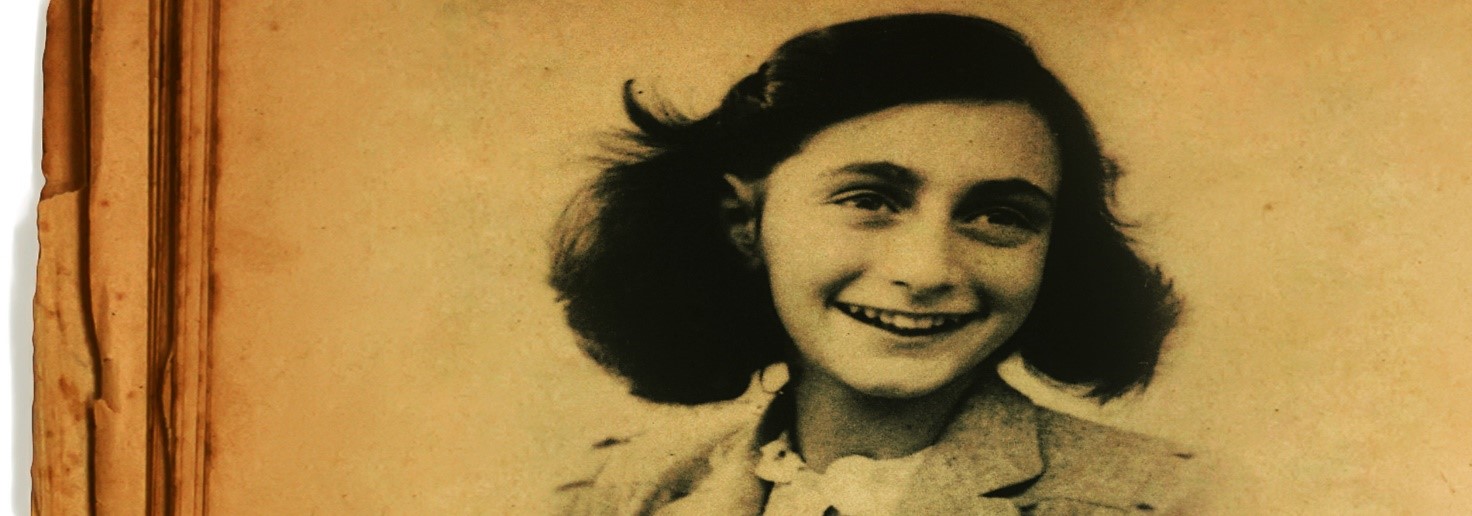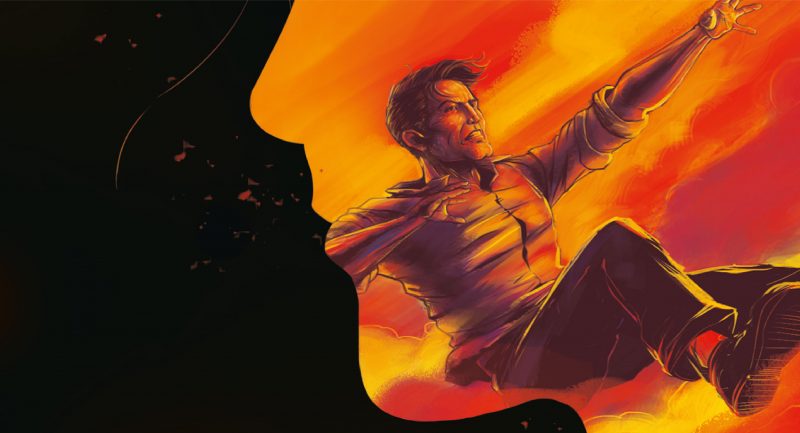
The Diary of a Young Girl by Anne Frank is one of the most translated and read books across the world, and with good reason. 13-year-old Anne Frank witnessed holocaust first hand cooped up behind a book-shelf hiding a bunker, and still found hopeful words and the spirit to tell the tale.
Here are five times Anne Frank exemplified why we should strive to see the silver lining in the dark clouds.
“I’ve come to the shocking conclusion that I have only one long-sleeved dress and three cardigans to wear in the winter. Father’s given me permission to knit a white wool sweater; the yarn isn’t very pretty, but it’ll be warm, and that’s what counts. Some of our clothing was left with friends, but unfortunately we won’t be able to get to it until after the war. Provided it’s still there, of course.”

“I long to ride a bike, dance, whistle, look at the world, feel young and know that I’m free, and yet I can’t let it show. Just imagine what would happen if all eight of us were to feel sorry for ourselves or walk around with the discontent clearly visible on our faces. Where would that get us?”

“Have you ever heard the term “hostages”? That’s the latest punishment for saboteurs. It’s the most horrible thing you can imagine. Leading citizens—innocent people—are taken prisoner to await their execution. If the Gestapo can’t find the saboteur, they simply grab five hostages and line them up against the wall. You read the announcements of their death in the paper, where they’re referred to as “fatal accidents.””

“Father, Mother and Margot still can’t get used to the chiming of the Westertoren clock, which tells us the time every quarter of an hour. Not me, I liked it from the start; it sounds so reassuring, especially at night. You no doubt want to hear what I think of being in hiding. Well, all I can say is that I don’t really know yet. I don’t think I’ll ever feel at home in this house, but that doesn’t mean I hate it. It’s more like being on vacation in some strange pension. Kind of an odd way to look at life in hiding, but that’s how things are.”

“After May 1940 the good times were few and far between: first there was the war, then the capitulation and then the arrival of the Germans, which is when the trouble started for the Jews. Our freedom was severely restricted by a series of anti-Jewish decrees: Jews were required to wear a yellow star; Jews were required to turn in their bicycles; Jews were forbidden to use street-cars; Jews were forbidden to ride in cars, even their own; Jews were required to do their shopping between 3 and 5 P.M.; Jews were required to frequent only Jewish-owned barbershops and beauty parlors; Jews were forbidden to be out on the streets between 8 P.M. and 6 A.M.; Jews were forbidden to attend theaters, movies or any other forms of entertainment; Jews were forbidden to use swimming pools, tennis courts, hockey fields or any other athletic fields; Jews were forbidden to go rowing; Jews were forbidden to take part in any athletic activity in public; Jews were forbidden to sit in their gardens or those of their friends after 8 P.M.; Jews were forbidden to visit Christians in their homes; Jews were required to attend Jewish schools, etc. “You couldn’t do this and you couldn’t do that, but life went on. Jacque always said to me, “I don’t dare do anything anymore, ‘cause I’m afraid it’s not allowed.””

These heartrending words taken from the diary of 13-year-old Anne Frank was first published in the year 1947 as The Diary of a Young Girl. The first entry made by Anne Frank was on 12 June 1942 and the last words were written on 1 August 1944, a period of two-years when the Franks were in hiding in Amsterdam.
Anne was determined to tell her story after a member of the Dutch government in exile announced in a radio broadcast from London that once the war ended, he would look for eye-witness accounts of the Dutch people’s horrifying plight in the Nazi regime. He specifically mentioned diary entries and letters as examples. Anne not only wrote her diary but also edited it simultaneously, tuning it to perfection for her readers.
So, here’s wishing the world’s most fearless 13-year-old a very happy birthday. May your words never rest in peace, Anne.










